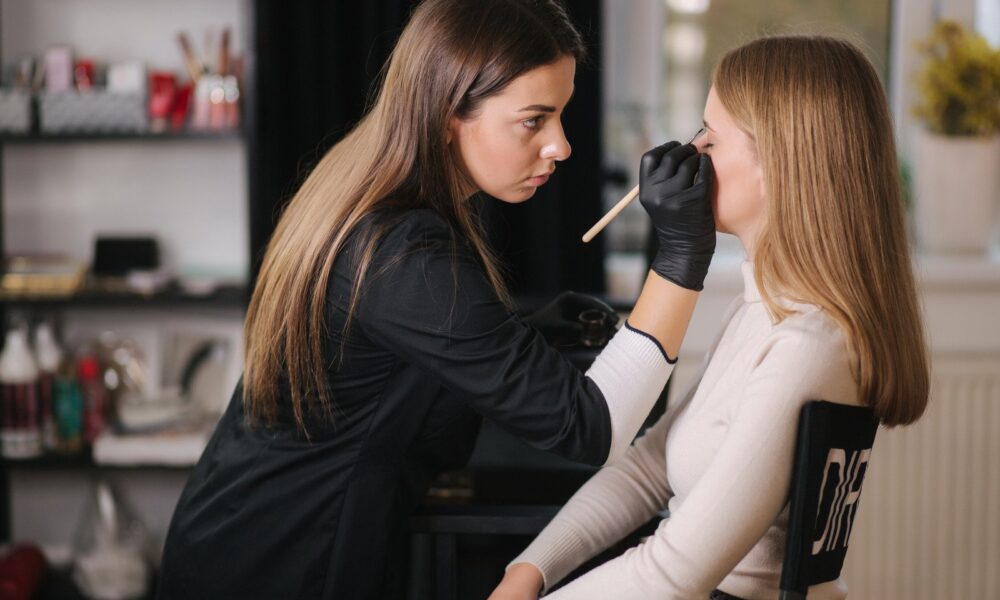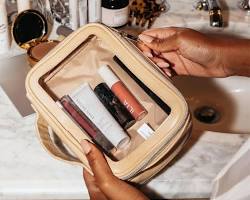Introduction: The power of makeup and why it’s important to learn techniques
Makeup is a powerful tool that transcends mere aesthetics. It allows you to express your personality, boost your confidence, and even transform how you see yourself. Whether you’re prepping for a big event or just want to feel polished on an average day, mastering makeup techniques can elevate your look and enhance your natural beauty.
For beginners, diving into the world of makeup may seem daunting at first. With endless products and techniques available, it’s easy to feel overwhelmed. However, learning the basics doesn’t have to be intimidating. This guide will help unlock your inner artist by breaking down essential tools and techniques that every aspiring beauty enthusiast should know.
Get ready to explore a realm where creativity meets self-expression—because everyone has an artist waiting inside them!
Essential Tools for Your Makeup Kit
Building a makeup kit can feel overwhelming, but it doesn’t have to be. Start with the essentials that will set you up for success.
A good foundation brush is crucial. It helps blend your product seamlessly for an even finish. Don’t forget about a beauty sponge either; it’s perfect for applying concealer and achieving that airbrushed look.
Next, invest in quality eyeshadow brushes. A fluffy brush aids in blending while a flat one is great for packing on color.
You’ll also need tools like tweezers and scissors to shape your brows perfectly. A sturdy eyelash curler will elevate any eye look by adding lift and volume to your lashes.
Keep some cotton pads and q-tips handy for quick fixes or cleanups. With these essential tools in hand, you’ll be well-equipped to unleash your creativity!
Mastering the Basics: Foundation, Concealer, and Powder
Foundation is your canvas. Choosing the right shade can transform your look. It should seamlessly blend with your skin tone, enhancing rather than masking. Start by applying a small amount and build coverage as needed.
Next comes concealer, the secret weapon for those pesky blemishes or dark circles. Use a lightweight formula that won’t settle into fine lines. Apply it directly on spots and gently tap with your ring finger to blend.
Setting everything in place is crucial, and that’s where powder steps in. A translucent powder helps control shine without adding extra color. Lightly dust it over areas prone to oiliness, like the T-zone.
Remember to use minimal product at each step; less is often more when creating a natural look! Experimenting will help you find what works best for you while giving yourself room to grow as an artist.
Enhancing Your Features: Contouring and Highlighting
Contouring and highlighting are transformative techniques that can elevate your makeup game. Think of contouring as sculpting the face, creating shadows where you want to define features.
Start by identifying areas you wish to accentuate. Typically, this includes the sides of the nose, under cheekbones, and along the jawline. Choose a contour product that is a few shades darker than your skin tone for natural-looking depth.
Highlighting brings light to your best assets. Apply it on the high points of your face: cheekbones, brow bones, and down the bridge of your nose. A cream or liquid highlighter tends to blend beautifully for an ethereal glow.
Blend well! The key is seamless transitions between shadow and light. This technique enhances structure while maintaining a soft finish—perfect for any occasion or look you desire. Don’t be afraid to experiment until you find what works for you!
Adding Color: Eyeshadow, Blush, and Lipstick Application
Adding color to your makeup look can be transformative. Eyeshadow, blush, and lipstick are key players in this process.
When it comes to eyeshadow, start with a neutral base. This will help other colors pop. Blend lighter shades into the crease for depth before applying bolder hues on the lid. Don’t shy away from experimenting with textures—shimmer and matte finishes offer different vibes.
Blush adds life to your complexion. Choose tones that complement your skin tone; peachy shades work well for warm undertones while pinks suit cooler complexions. Apply it lightly on the apples of your cheeks and blend upwards towards your temples for a natural flush.
Lipstick is where you can really express yourself. From bold reds to soft nudes, there’s a shade for every mood or occasion. Use lip liner first to define and prevent feathering, then fill in with lipstick using a brush for precision or directly from the tube for convenience.
Tips for Creating Different Looks: Daytime vs Nighttime Makeup
Makeup can transform your appearance and elevate your mood. Knowing how to tailor your look for different occasions is key.
For daytime makeup, think fresh and natural. Start with a lightweight foundation or BB cream for a flawless but breathable base. Apply soft shades of eyeshadow—think browns, pinks, or peaches—that enhance your eyes without overpowering them. A light coat of mascara will open up those peepers beautifully.
Blush should be subtle; choose a shade that mimics the natural flush of your cheeks after a brisk walk outside. Finish off with a tinted lip balm or nude lipstick to keep things understated yet polished.
As the sun sets, you can amp things up for nighttime glamour. Switch to full-coverage foundation if desired; this ensures longevity under dim lighting and flash photography alike. For the eyes, don’t shy away from darker tones—deep purples, smoky grays, or even metallics can create stunning effects when blended well.
Contouring comes into play here too; it adds definition that may get lost in lower light settings. Highlighting becomes essential as well—you want those cheekbones to catch the light! As for lips? Bold colors like reds or deep berries make striking statements against more dramatic eye looks.
Experimentation is part of the fun in makeup artistry! Find what resonates best with you and enjoy expressing yourself through various styles throughout day and night.






